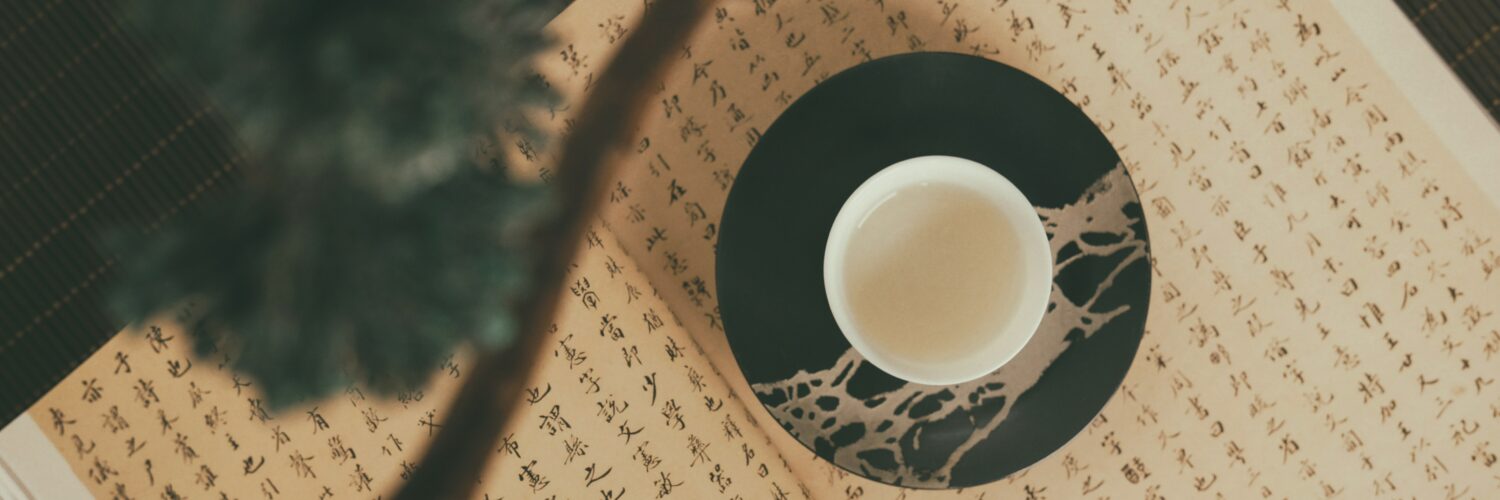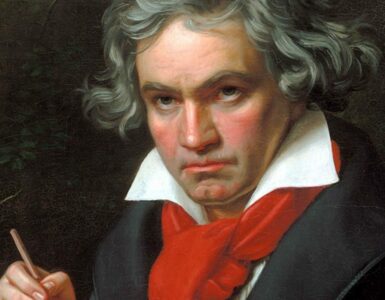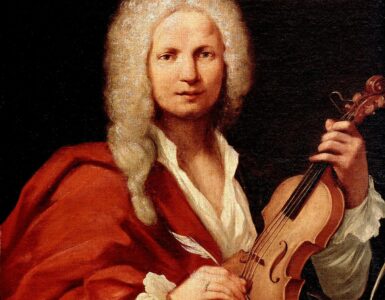With a large number of Chinese diaspora communities around the world, many of us have had exposure to Chinese music at some point in our lives. However, behind the popular C-pop that we hear today lies a long history of music in East Asia. Both traditional and modern Chinese music are familiar to almost 1.5 billion ethnic Chinese – nearly 20% of the global population.
Today, we will discuss both traditional and popular Chinese music.
History
The history of Chinese music goes a long way – archaeologists found bone flutes from 9,000 years ago in Henan, and a 7,000-year-old Xun, a globular vessel flute, in Xi’an. However, music culture was only developed during the Zhou dynasty around 1,000 BCE, with the establishment of Yayue music (雅乐). The Yayue music was a formal system of court music, which integrated music and dance. The Liudai Yuewu (六代乐舞, six-dynasty music and dance) became important for royal court rituals. Zhou Dynasty music manifested the Yin and Yang binary universal order, and this became the foundation of Chinese music. The pentatonic scale was also established in Chinese music in the late Zhou dynasty.
Some Chinese philosophers, such as Confucius, believed that music is important in cultivating and refining ourselves. However, others, such as Mozi, believed that music is not useful or even harmful. We can see this in the low status of musicians in ancient China. Despite that, most Chinese emperors revered folk songs and logged down popular culture.
The Qin dynasty subsequently introduced the Imperial Music Bureau to supervise court and military music. They were also responsible for the recognition of folk music. Over the years, music from neighbouring regions, including Indian music, influenced Chinese music. One such example is the Pipa, originating from Central Asia, which became commonplace in Chinese music.
After thousands of years, the Chinese music we hear today is a culture mix of both native and influenced sounds. Traditional instruments, such as the Dizi and the Guzheng, were used alongside foreign instruments, such as the Erhu and the Pipa. European music was also introduced in China in the 17th Century but only became widespread during the late Qing dynasty.

Traditional Chinese Music
Traditionally, the Chinese classified instruments into eight categories – the Bayin (八音). These eight categories are bamboo, clay, gourd, metal, silk, skin, stone, and wood instruments. However, we classify them similar to how we classify Western Classical instruments today. Here are some of the more common Chinese instruments used in Chinese orchestras.
Bowed strings – Banhu (板胡), Dahu (大胡), Erhu (二胡), Gaohu (高胡), and Zhonghu (中胡).
Plucked and struck strings – Guqin (古琴), Guzheng (古筝), Liuqin (刘琴), Pipa (琵琶), Ruan (阮), Sanxian (三弦), Yangqin (扬琴), and Yueqin (月琴).
Woodwind – Dizi (笛子), Hulusi (葫芦丝), Sheng (笙), Suona (唢呐), Xiao (萧), and Xun (埙).
Percussion – Bells, Cymbals, Gong, Bianzhong (编钟), Fangxiang (方响), and Paiban (拍板).
Chinese music employs the use of the pentatonic scale.
Han Chinese Music
The majority of Chinese people are of the Han ethnic group – consisting of about 92% of China’s population and 97% of Taiwan’s population. Han Chinese music features heterophony, where musicians play a theme and variation of one melodic line. The Chinese use percussion to accompany dance, music, opera, and talks.
Han Chinese Music inculcates feelings and tonality, similar to the Chinese language. The jumping between high and low tones means that musicians must be proficient in playing both high and low tones with both hands.
Chinese Opera
Chinese Opera (戏曲) is a thousand-year-old art form from China. It was only developed during the Song dynasty to incorporate dance, music, and song, together with literature. Chinese Opera is regional and has many different branches – the most popular being Cantonese Opera. Most operas are set in pre-17th Century China.
While the Chinese have passed it down for generations, Chinese Opera has become less popular due to political reasons and globalisation. This includes discouraging the use of Chinese varieties in Taiwan and Singapore, together with the Cultural Revolution in China.
Folk Music
The Chinese use the 7,000-year-old Chinese folk music for weddings and funerals. Featuring the pentatonic scale, it emphasises expression and is vastly different from the folk music of Western countries.
Folk music varies from region to region. In the northeastern parts, mouth organ ensembles are commonplace, whereas, in Xi’an, drum music is popular. On the other hand, Nanyin is common in Fujian and Taiwan – a woman, accompanied by a Pipa and a Xiao, sings the Nanyin. Areas further south are into Erxian and Zheng music.
Sizhu ensembles, featuring flutes and bowed or plucked strings, have become popular outside of China. They are native to the Jiangnan region and musicians sometimes play them in Shanghainese teahouses. On the other hand, Guangdong music features Western and Jazz elements but is based on Cantonese Opera. It originated from the Guangdong and Guangzhou regions.
Popular Music
Mandopop
Mandopop is the popular music sung in Mandarin Chinese, influenced from the 1930s Shanghai Shidaiqu (时代曲). The Japanese Enka (演歌), Cantopop, and T-pop later influenced Mandopop. While it was originally in Mandarin to establish itself as a viable industry, we can find Mandopop around East Asia, including South Korea and Japan, as well as Southeast Asian countries such as Singapore, Malaysia, and Vietnam. Today, Hong Kong, Taipei, and Beijing are centres of Mandopop.
Cantopop
Cantopop is the popular music sung in Cantonese. Often originating from Hong Kong, it originated in the 1970s before picking up in the late 20th Century. It was further popularised with the Hong Kong movie culture. Cantopop is widespread among fans around East Asia and Southeast Asia.
Cantopop also received influences from other genres, such as Jazz, R&B, and electronic. Hong Kong continues to be the centre of Cantopop today.
T-Pop
T-pop, otherwise known as Hokkien pop, is a type of popular music sung in Taiwanese Hokkien. It is widespread in Hokkien-speaking regions around East Asia and Southeast Asia. The Japanese Enka due to colonial rule first influenced T-pop in the early 1900s.
Chinese Hip-Hop
Only seen in recent years, Chinese hip-hop was first influenced by Western hip-hop in the 1980s. These came from videotapes from embassy workers and foreign businesspersons. Hip-hop only began to pick up in the 2000s due to cultural and political reasons.
Hong Kong Hip-Hop
Originating in Hong Kong in the 1990s, Hong Kong hip-hop was initially underground and composed by independent artists. However, it evolved to form the hip-house style by the 21st Century as it was not as popular as rock and house music.
Taiwanese Hip-Hop
Taiwanese hip-hop was first seen in the 1970s due to the Modern Folksong Movement. However, it only picked up in the 1990s, when L.A. Boyz, a hip-hop trio, began to popularise Taiwanese hip-hop.





Add comment